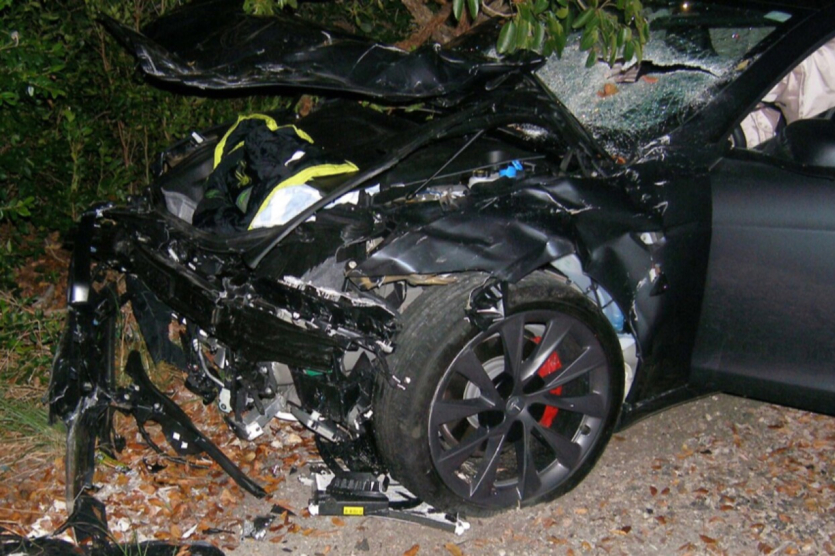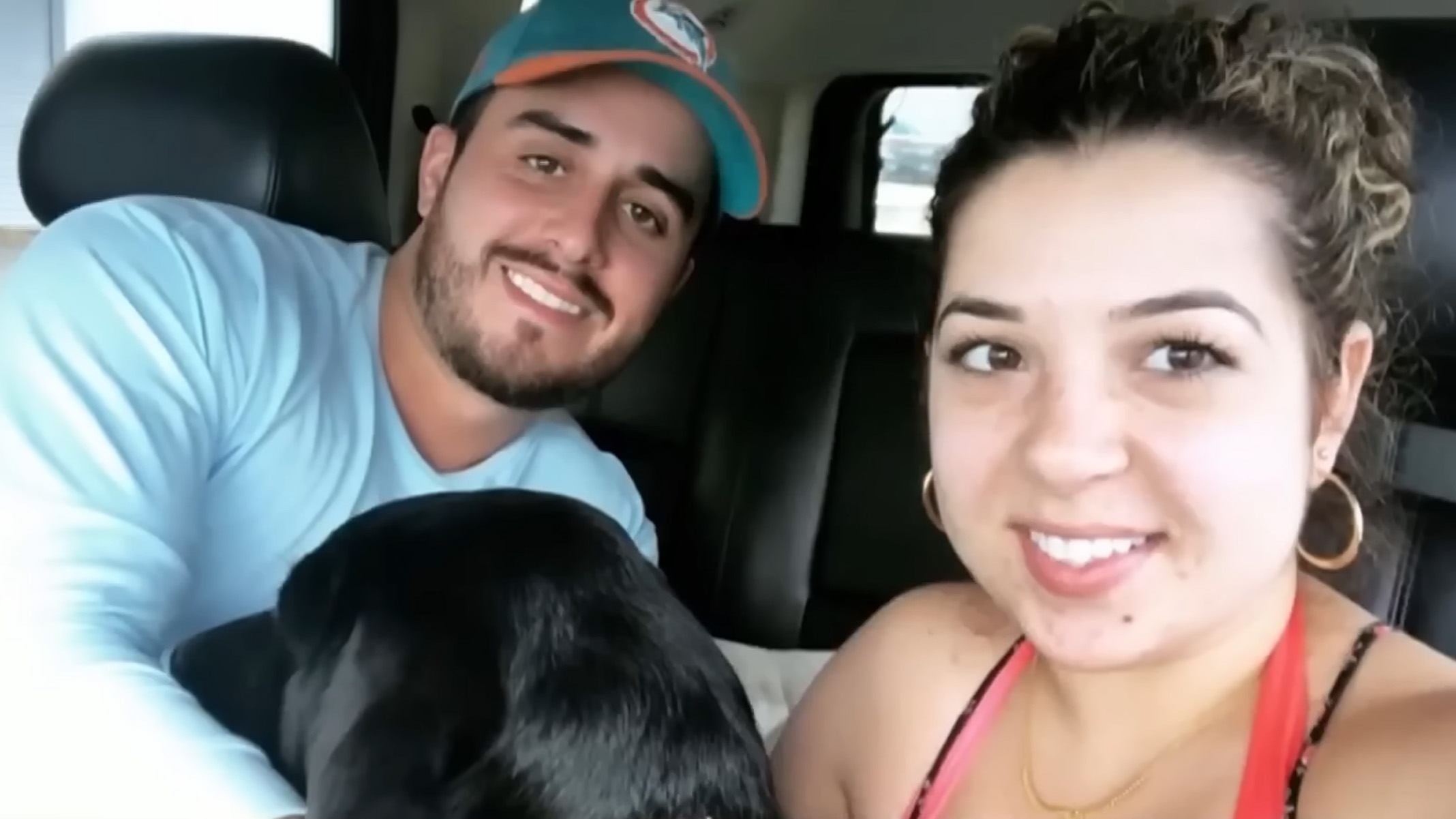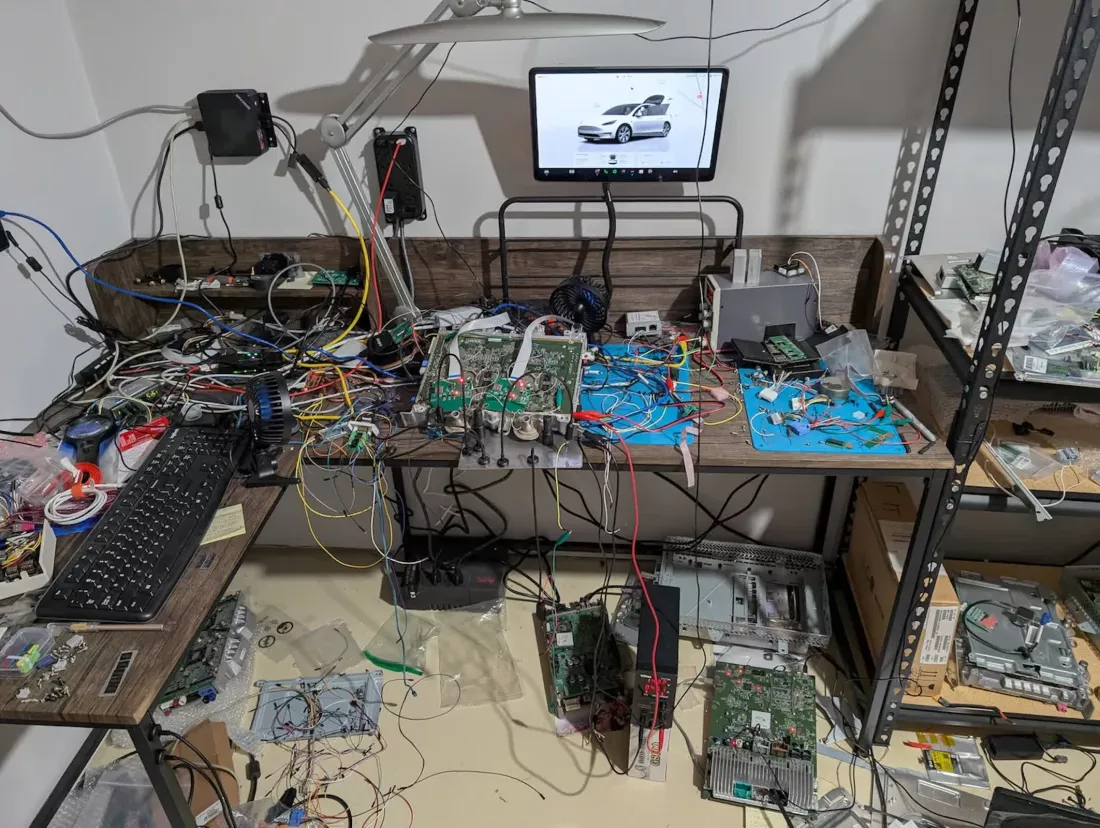
An independent hacker was able to recover a key piece of data from a Tesla car crash that occurred in Florida in 2019. This case shed new light on how the company handles driver assistance system data and showed the difficulties in recovering electronic records after fatal accidents.
The accident in Key Largo
On the evening of April 25, 2019, a Tesla hit two pedestrians — 22-year-old Naibel Benavides Leon and her boyfriend Dillon Angulo. Naibel died as a result of the accident, and her partner was seriously injured.

The investigation immediately showed that in order to clarify the circumstances of the accident, a special set of electronic data was needed — the so-called collision snapshot, i.e. a snapshot of the autopilot’s state at the time of the collision. Court records show that when the accident occurred, the car automatically transferred this data to Tesla’s servers, received a delivery confirmation, and then marked the local copy in the car for deletion. This is a standard protocol for all Tesla accidents.
Attempts to recover data
For several months, the Florida police and the victims’ lawyers tried to obtain the information, but to no avail. At the Tesla service center, the technician focused on the navigation unit rather than the autopilot computer, which stored the required data set. As a result, he handed over the files to investigators, which he called “damaged,” before any analysis was performed.
Experts and Tesla representatives acknowledged that turning on the autopilot unit could have activated a software update that could destroy the stored data.
Hacker intervention
Due to the growing technical difficulties, the lawyers engaged an anonymous hacker known as greentheonly, a specialist in reverse engineering Tesla’s autopilot computers. He warned the lawyers that simply turning on the device was dangerous, as it could destroy evidence.
“This is exactly what I would advise if I wanted to erase the data,” he said under oath.
In the end, the lawyers received the original autopilot unit from the Florida Highway Patrol and organized work with it under controlled conditions.
While working at a Starbucks in Miami, the hacker connected a copy of the autopilot unit’s memory to his equipment. Within a few minutes, he found the data he needed: it was marked as deleted, but actually remained in the system.

This array showed that the autopilot had registered the pedestrians at the moment before the collision and also confirmed it: Tesla received the image immediately after the accident. Based on the recovered data, a video reconstruction was created that visually demonstrated what the Tesla electric car “saw” before the collision, including the detection of pedestrians at specific distances.
The court and the positions of the parties
This data became key in the trial. Tesla’s lawyer Joel Smith admitted that the company had been “clumsy” with them, but denied accusations of intentional concealment:
“We thought we didn’t have them, and then it turned out we did,” Smith said.
Tesla insisted that the tragedy was caused by an “inattentive driver,” not a technology failure. The company emphasized that its systems only provide warnings and do not replace human control. It also denied deliberately hiding the data, claiming that it was only able to obtain the image after a hacker intervened.
The victims’ lawyers interpreted the situation differently. They stated that Tesla’s inability to provide key data in a timely manner indicates serious systemic problems in both technology and corporate transparency. The plaintiffs’ lead attorney, Brett Schreiber, emphasized in court documents that the company had the image almost immediately after the accident, but did not share it.
The jury found Tesla 33% responsible for the accident and awarded compensation of $243 million. This was a serious blow to the company, which for years had insisted that all decisions on the road were the responsibility of the driver. The case is of particular significance because it is the first case of a death due to illegal actions,associated with ADAS systems(autopilot and full autonomous control), as previouslythe court acquitted the company in the case of autopilot. Recently, Tesla has been out of courtsettledtwo similar cases, but in this case the company apparently did not want or could not settle the dispute.
Federal Judge Beth Bloom found no evidence that Tesla had intentionally concealed the data, but ordered the company to pay the plaintiffs’ costs of recovery, stating that the process had been artificially complicated.
Tesla filed post-trial motions to reduce or cancel the compensation, arguing that the data disputes significantly influenced the jury’s decision.
Experts note that this verdict may spur other cases, including a high-profile trial in California and a recent lawsuit by shareholders in Texas who claim that Tesla misrepresented Autopilot’s capabilities.
The hacker greentheonly, whose work proved decisive, admits that it will be much harder to do this now.
“If such an accident happened today, I wouldn’t be able to retrieve the data,” he said.
Source: techspot

Spelling error report
The following text will be sent to our editors: